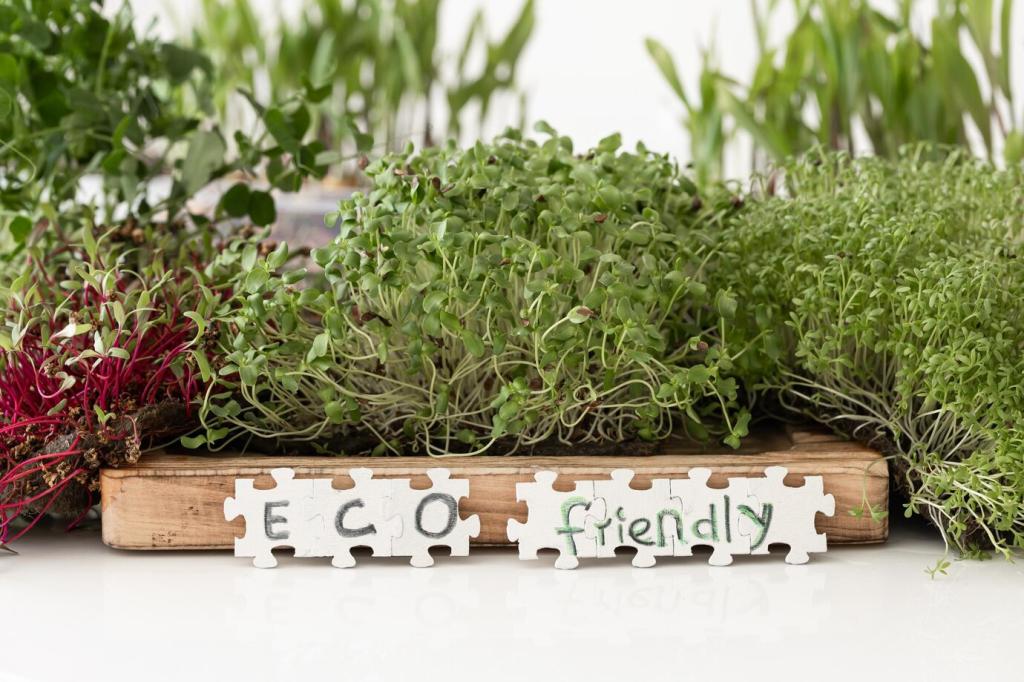Health, Sustainability, and Quiet Comfort
Choose insulation with verified low emissions and safe handling—binderless mineral wool, cellulose with borate treatments, or cork. Fewer irritants can make weekend projects friendlier and bedrooms more restful. Want our printable checklist of certifications and labels to look for on your next materials run?
Health, Sustainability, and Quiet Comfort
Seek recycled content, design for disassembly where possible, and consider bio-based products that store carbon. Pair longevity with repairable details so upgrades last decades. Tell us your climate zone, and we will recommend carbon-smart insulation strategies aligned with local weather and building practice.







